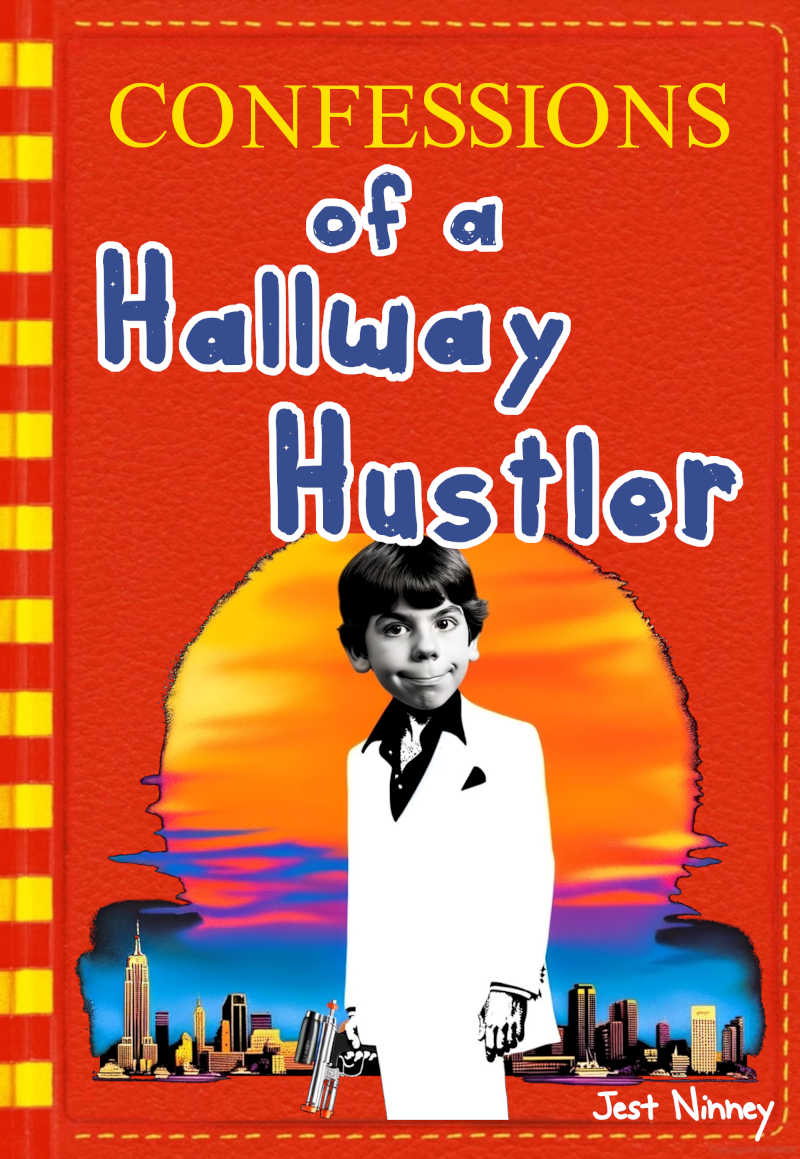Parody logos often use humor and satire to critique or comment on the original brand or broader social issues.
Here are five examples of parody logos and their implications:

- Starbucks to “Starbarks”:
- How it Works: The parody logo retains the circular and green color scheme of the original Starbucks logo but replaces the iconic mermaid with a cartoonish dog.
- Target: Starbucks.
- Implied Criticism: This parody might be critiquing the pervasive culture of Starbucks and its customers’ fanatic loyalty, possibly likening it to the enthusiastic behavior of dogs.

- McDonald’s to “McDowell’s”:
- How it Works: Featured in the movie “Coming to America,” the McDowell’s logo closely mimics the McDonald’s logo, with a similar name and color scheme but slight differences, like using one arch instead of two.
- Target: McDonald’s.
- Implied Criticism: This parody points to the ubiquity and aggressive marketing strategies of fast-food giants like McDonald’s, as well as possibly mocking the litigious nature of brand protection.

- Nike’s Swoosh to “Mike”:
- How it Works: The parody features the Nike swoosh logo with the word “Nike” replaced by “Mike.” The font style is kept similar to the original.
- Target: Nike.
- Implied Criticism: This parody could be a comment on consumer culture’s obsession with branded goods and how brand identity can overshadow the actual value or quality of the product.

- Apple to “Banana”:
- How it Works: Instead of an apple, the logo features a banana, often with a bite taken out, mimicking Apple’s iconic logo.
- Target: Apple Inc.
- Implied Criticism: This logo might be critiquing Apple’s market dominance, high prices, or the cult-like following of its products, suggesting that consumers would buy anything from Apple, even if it were a banana.

- Ferrari’s Prancing Horse to “Prancing Moose”:
- How it Works: This parody replaces Ferrari’s famous prancing horse logo with a moose in a similar rearing pose.
- Target: Ferrari.
- Implied Criticism: The parody could be seen as a humorous take on the high-end, luxury branding of Ferrari, perhaps suggesting that the prestige associated with such brands is overly extravagant or unnecessary, much like a ‘prancing moose’ would be an absurd and humorous sight.
Reasons for Creating a Parody Logo
- Social or Political Commentary: A creator might use a parody logo to make a statement on the company’s practices, ethics, or impact on society. This form of satire can be a powerful tool in highlighting issues like consumerism, environmental policies, or labor practices.
- Humor and Entertainment: Parody logos are often created simply for humor. They can provide comic relief or be part of a larger comedic work, such as in films, TV shows, or online content.
- Artistic Expression: Artists may create parody logos as a form of creative expression, blending iconic branding with their own artistic style to make a statement or explore the concept of brand identity.
- Promotion of Alternative Ideals or Products: Sometimes, parody logos are used to promote an alternative viewpoint or product, often in a way that directly contrasts with the values or image of the original brand.
How to Create a Parody Logo
- Choose a Target Logo: Select a well-known logo that is easily recognizable. The logo should be relevant to the message or theme you want to convey.
- Conceptualize Your Parody: Decide on the core message or critique. Think about how you can alter the logo to convey this message, whether through humor, exaggeration, or juxtaposition.
- Sketch Preliminary Designs: Start with rough sketches to experiment with different ideas. Play with elements like color, font, and imagery to see what best communicates your concept.
- Refine Your Design: Choose the best sketch and refine it. Ensure that the altered elements still maintain some resemblance to the original logo to make the parody clear.
- Digitize Your Logo: Use graphic design software like Adobe Illustrator or free alternatives like GIMP or Inkscape to create a digital version of your logo. Pay attention to details like color matching and line quality.
- Finalize and Export: Make any final adjustments to your logo. Export it in various formats (JPEG, PNG, SVG) for different uses.
Distributing the Logo
- Social Media Platforms: Share your parody logo on social media platforms like Instagram, Twitter, and Facebook. Use relevant hashtags to increase visibility.
- Online Communities: Post your logo in online forums and communities related to graphic design, satire, or the specific topic or brand you are parodying. Reddit, for example, has numerous subreddits for sharing and discussing parody art.
- Print Merchandise: Consider printing your logo on merchandise like t-shirts, stickers, or posters. Platforms like Etsy, Redbubble, or Teespring allow you to sell these items.
- Collaborate with Influencers or Bloggers: Reach out to influencers or bloggers who share an interest in the subject of your parody. They can help promote your logo to a broader audience.
- Create and Share a Story: People are drawn to narratives. Share the story behind your parody logo on your website or blog, explaining the inspiration and intention behind it.
- Participate in Events or Competitions: Look for art competitions or local events where you can showcase your logo. This can be a great way to get noticed by a larger audience.
Remember, when creating and distributing a parody logo, it’s important to be mindful of copyright and trademark laws. Parody is protected under fair use in many jurisdictions, but this can depend on the nature and context of the use.
Further Study
“That Time Starbucks’ Lawyers Overrode Parody.” Monomythic, 21 Feb. 2015, monomythic.wordpress.com/2015/02/21/that-time-starbucks-lawyers-overrode-parody.

